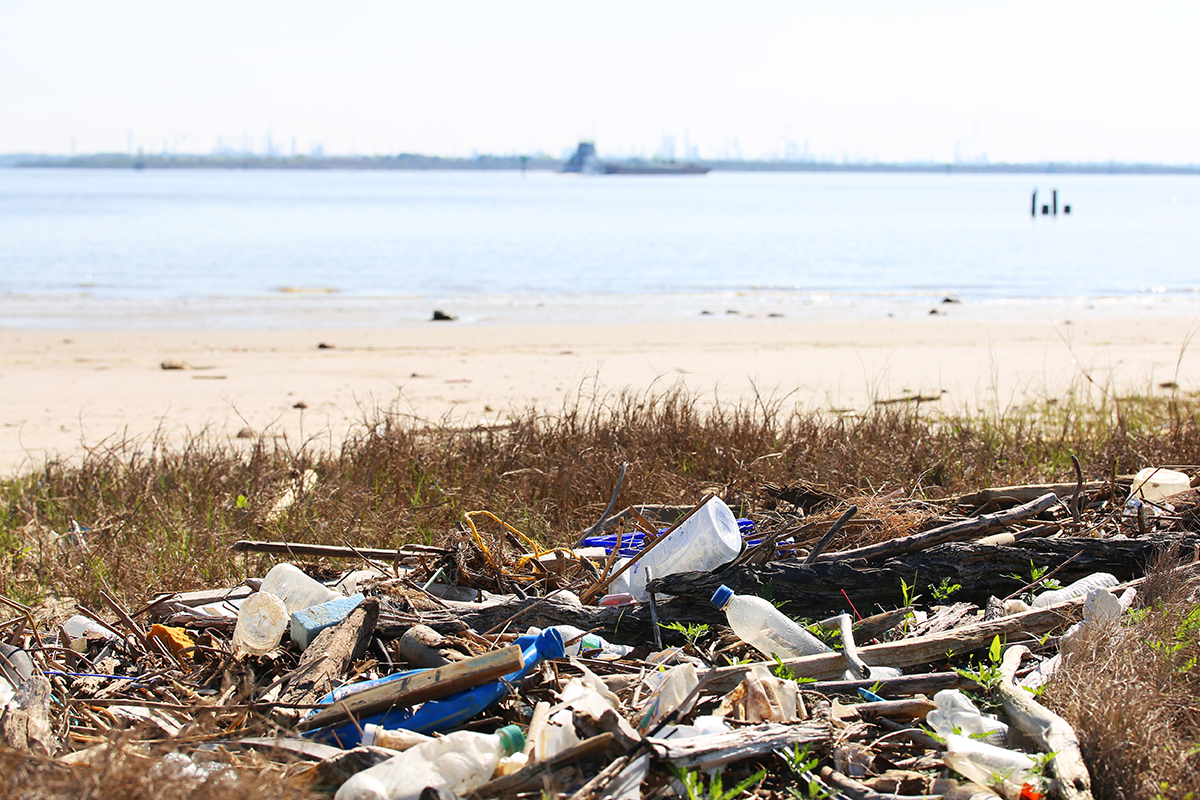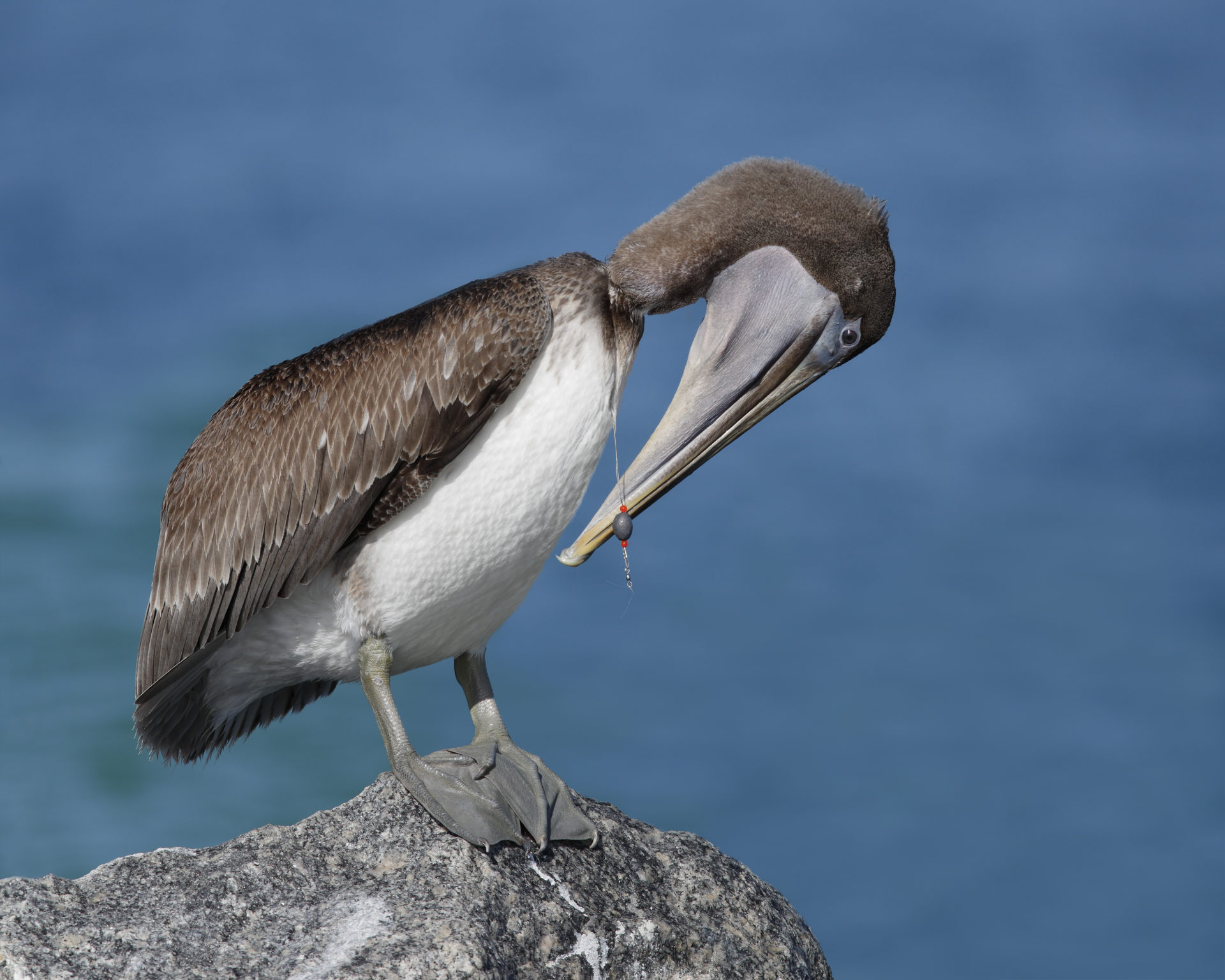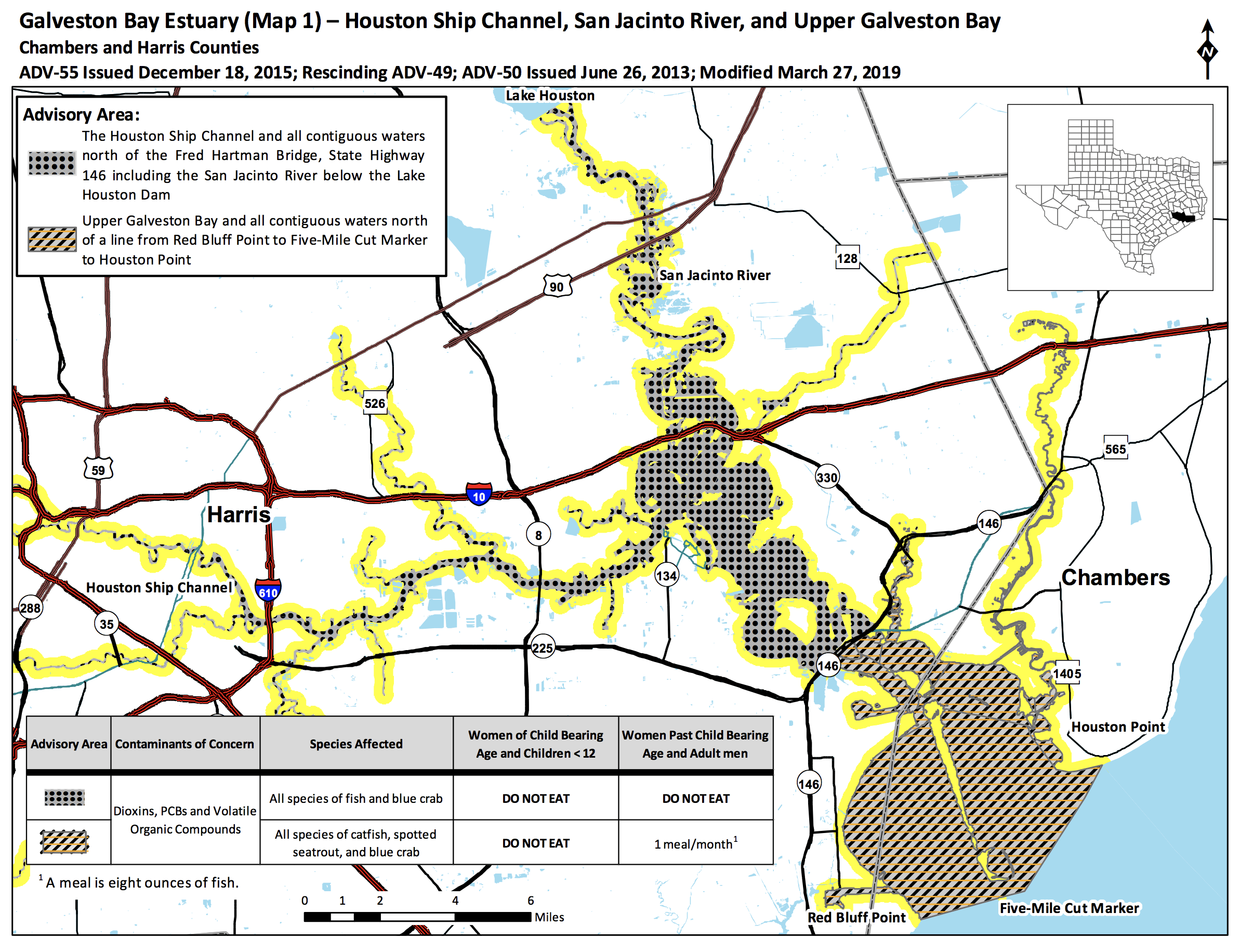Our resource guide is intended for everyone interested in the health of the Bay. Whether you’re a recreational fisherperson trying to find information about advisories, or a concerned citizen interested in the water quality, we’re here to connect you to the resources you need to make informed decisions around Galveston Bay.
Learn more about what you can do to improve the health of the Bay using the Galveston Bay Report Card’s What You Can Do tool.

To keep Galveston Bay as clean as possible, we need all hands on deck. That’s why we created the Galveston Bay Action Network (GBAN), an interactive tool for reporting pollution in Brazoria, Chambers, Galveston, and Harris counties.
GBAN enables citizens to easily report pollution relating to sewage, abandoned vessels, discolored water, fish kills, septic systems, trash and debris, and more. Once a report has been submitted, it’s automatically sent to the appropriate authorities to take action.
Take action and ensure the fastest pollution cleanup.

Oil spills have devastating and far-reaching implications for coastal environments, including harm to wildlife, fish, and the overall health of the ecosystem.
If you see an oil spill, please contact:
Contact Texas General Land Office Oil Spill Reporting: 1-800-832-8224

If you encounter injured wildlife, this page has helpful information and resources to connect you to the appropriate organization to help care for a variety of injured animals. Thank you for protecting our Texas wildlife!
DO call the local Texas Marine Mammal Stranding Network at 1-800-9-MAMMAL (1-800-962-6625), even if the animal is dead. Valuable research about these animals and our environment can still be gained.
DO NOT return the animal to the water. They are stranded for a reason, usually being sick or injured. Keep people and pets away from the animal. Do not leave the animal, they may need comfort or help keeping themselves upright.
DO immediately report all sea turtles by calling The local NOAA Fisheries’ Stranding Hotline at 1-866-TURTLE5 (1-866-887-8535).
DO NOT attempt to remove any line or hooks. Do not lift a turtle out of the water by pulling on the line. If you catch a turtle on a fishing line, use a dip net to lift it out of the water.
Report any injured, sick, and orphaned native wild animals in the Greater Houston/Upper Gulf Coast area to the Wildlife Center of Texas. They are open 7 days a week and can be reached at 713-861-WILD (713 861 9453).
If you are in Galveston County, the Galveston County Injured Bird Response Team is a group of local community members who mobilize to help injured birds. Report injured or orphaned birds on their 24-hour hotline at 646-585-0490. Visit their Facebook Page to learn more.
If you see a fish or wildlife kill or suspect a pollution event, call Texas Parks and Wildlife’s Emergency Reporting line at 281-842-8100.
Prompt notification is the key to a successful investigation. The sooner the proper authorities arrive, the better the chances they will be able to collect useful evidence.

Be aware of seafood consumption advisories.
While Galveston Bay is an excellent place to fish, it’s important to stay informed on the latest consumption advisories. The Texas Department of State Health Services (DSHS) issues seafood consumption advisories when tests on fish and shellfish indicate there is an increased risk to human health from the presence of toxic pollutants.
This map shows the seafood consumption advisories that are currently in place in the Galveston Bay system and its tributaries. There are four distinct advisory areas and each has its own set of affected species, contaminants of concern, and consumption advice.

| AREA | SPECIES AFFECTED | CONTAMINANTS
OF CONCERN |
CONSUMPTION
ADVICE |
DHS ADVISORY #
AND YEAR ISSUED |
|
 |
The Houston Ship Channel and all contiguous waters north of the Fred Hartman Bridge (HWy.146), including the San Jacinto River below the Lake Huston Dam. | All species of fish and blue crab | Dioxins, PCBs, and Volatile Organic Compounds | All persons – DO NOT EATY ANY AMOUNT OF ANY SPECIES OF FISH OR BLUE CRAB! | ADV-55 (2015; Modified 2019) |
 |
Upper Galveston Bay and all contiguous waters north of a line from Red Bluff Point to Five Mile Cut Marker to Houston Point. | All catfish species, spotted seatrout, and blue crab | Dioxins and PCBs | Women of childbearing age and children under the age of 12 – DO NOT EAT ANY AMOUNT OF SPECIES LISTED!
Women past childbearing age and adult men – DO NOT EAT MORE THAN 8 OUNCES PER MONTH OF THE SPECIES LISTED! |
ADV-50 (2013) |
 |
Galvestone Bay system south of a line from Red Bluff Point to Five Mile Cut Marker to Houston Point, including Chocolate Bay, East Bay, West Bay, Trinity Bay, and contiguous waters. | All catfish species | Dioxins and PCBs | Women of childbearing age and children under the age of 12 – DO NOT EAT ANY AMOUNT OF SPECIES LISTED!
Women past childbearing age and adult men – DO NOT EAT MORE THAN 8 OUNCES PER MONTH OF THE SPECIES LISTED! |
ADV-50 (2013) |
 |
Clear Creek upstream and west of Clear Lake | All species of fish | PCBs | All persons – DO NOT EAT ANY AMOUNT OF ANY SPECIES OF FISH! | ADV-37 (2019) |

When fish and crab eat, they consume toxic pollutants in tainted sediment, water or prey. Toxins exist in our environment because of rainfall runoff from land, spills, leaks and improper disposal of industrial wastes.
Toxins can then accumulate in the fish or crab, especially in fatty areas, glands, and organs. This process is called bioaccumulation. Fish that have higher fat content—such as spotted seatrout and catfish—are typically subject to more stringent advisories than less fatty fish, such as red drum, black drum, croaker, and flounder.
Exposure to toxins like dioxins and PCBs can cause a range of illness from skin rashes to immune system and nerve disorders to liver damage and increased risk of cancer. These toxins also pose a risk of birth defects and the development of children. The Agency for Toxic Substances & Disease Registry has more information on dioxins and PCBs.
There are no DSHS seafood consumption advisories on shrimp, oysters, or clams, but harvesting molluscan shellfish is illegal in DSHS-designated “Prohibited Areas” that are close to sewage treatment plant discharge locations or other areas with a high potential of unsafe levels of a pollutant, such as the Houston Ship Channel and San Jacinto River upstream of Morgan’s Point.
You can find maps of shellfish harvest areas on the DSHS Texas Shellfish Harvest Area Viewer.
Do your best to follow the advisories you see here for consumption of the species listed in these areas. Try to eat a variety of species from a number of waterbodies, or smaller, younger fish that have accumulated fewer toxins in their bodies. You can also clean and cook fish or crab to avoid eating fatty portions. For even more detailed information on specific advisories, visit the DSHS Seafood and Aquatic Life Group webpage.
The Texas Commission on Environmental Quality and the Houston -Galveston Area Council have initiated total maximum daily load projects for the Houston Ship Channel, San Jacinto River, Upper Galveston Bay, and Galveston Bay to pinpoint sources of dioxins and PCBs and develop a plan to reduce them. The U.S. Environmental Protection Agency is overseeing a cleanup of the San Jacinto River Waste Pits Superfund Site, one source of dioxin in the San Jacinto River and Galveston Bay. Galveston Bay Foundation has also partnered with University of Houston to test fish for dioxins.
For more information on the seafood consumption advisories, please see DSHS Seafood and Aquatic Life Group and/or contact:
Galveston Bay Foundation: Bob Stokes at 832-536-2253 or bstokes@galvbay.org.
Texas Department of State Health Services: Kirk Wiles at 512-834-6757 or kirk.wiles@dshs.texas.gov.

We love our volunteers! They’re the heart and soul of the Galveston Bay Foundation, and they’re a vital part of the ongoing success of the projects that support the Galveston Bay estuarine system. By volunteering with the Galveston Bay Foundation, you gain valuable field training and experience in environmental conservation and restoration, earn volunteer credit, satisfy employer volunteer opportunities, and increase your knowledge of Galveston Bay.
